Now we come to the commissioning. Since the backplate has no cooling function (it is made of ABS anyway), but I just left it out (as I did back then) also for the measurement of the board temperature. Of course, I still screwed all screws back in tightly, so that the contact pressure is correct.
I measured everything again with the current PI640 from Optris, a real VGA bolometer without interpolated superposition on an additional camera image. With it one comes quite exactly, because the card is today as at that time also with a transparent measuring lacquer brusht. If all that is correct, then you can still compare well after four years. The Witcher 3 and 100% GPU load are used again.
Infrared measurements in direct comparison
Reading out the VRM isn’t possible, and with RAM it’s also a thing of its own that doesn’t work with such old cards. There is only the good old board measurement left, which is also very well comparable in identical room conditions. Let’s first look at the values from 2019, which I had determined back then:
If we now compare these results with the current measurement of the converted board, then we are of course amazed. By the way, I’ve been using a new color palette for 2 years, so the contrast is a bit higher. And what does the card do? Except for a memory area, which remained the same within the measurement tolerances, the temperatures are significantly lower. The GPU is almost 6 Kelvin lower, which can also be confirmed via the GPU diode. The voltage converters are around 4 Kelvin cooler and the Ram between 0 and 6 Kelvin.
We’ll soon find out that there are such big differences in the memory when we disassemble it.















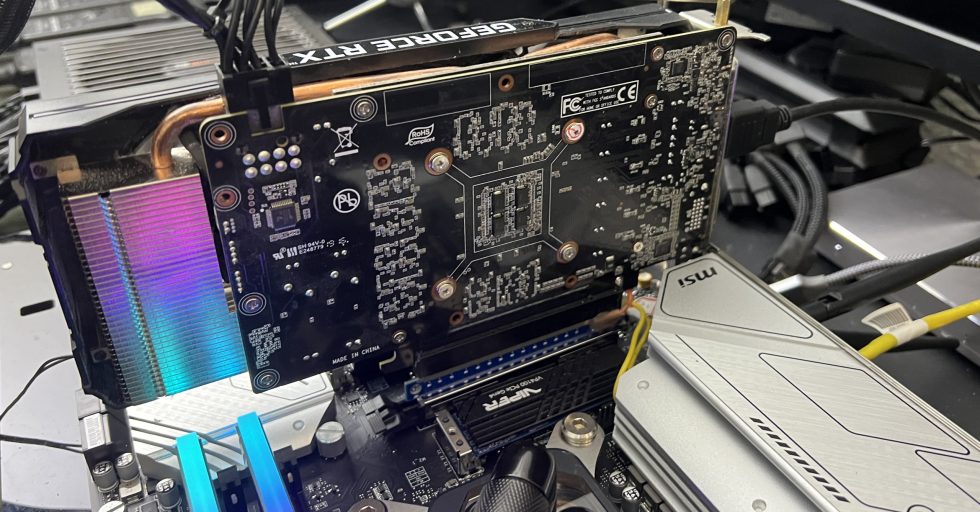
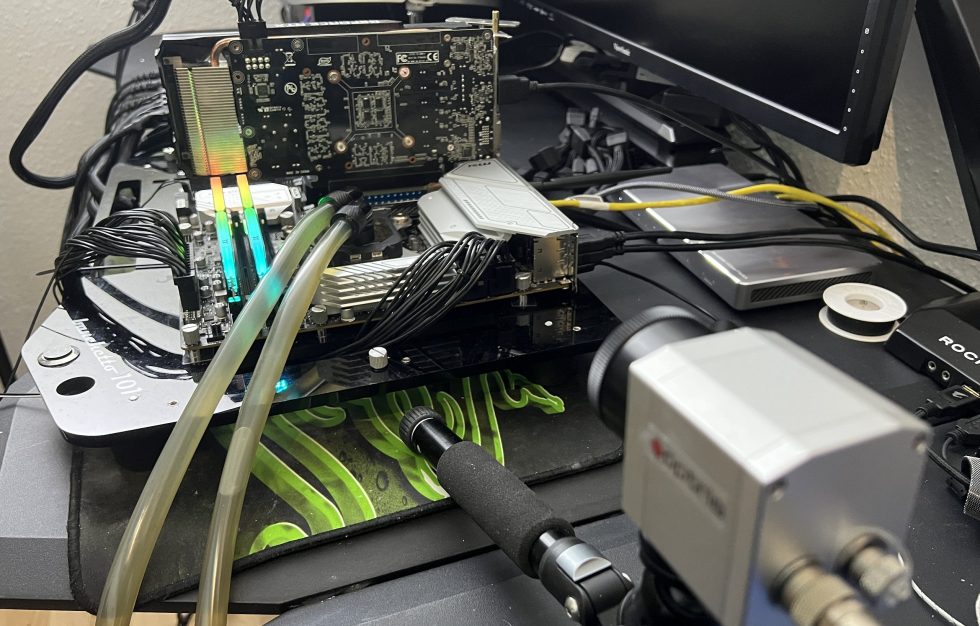
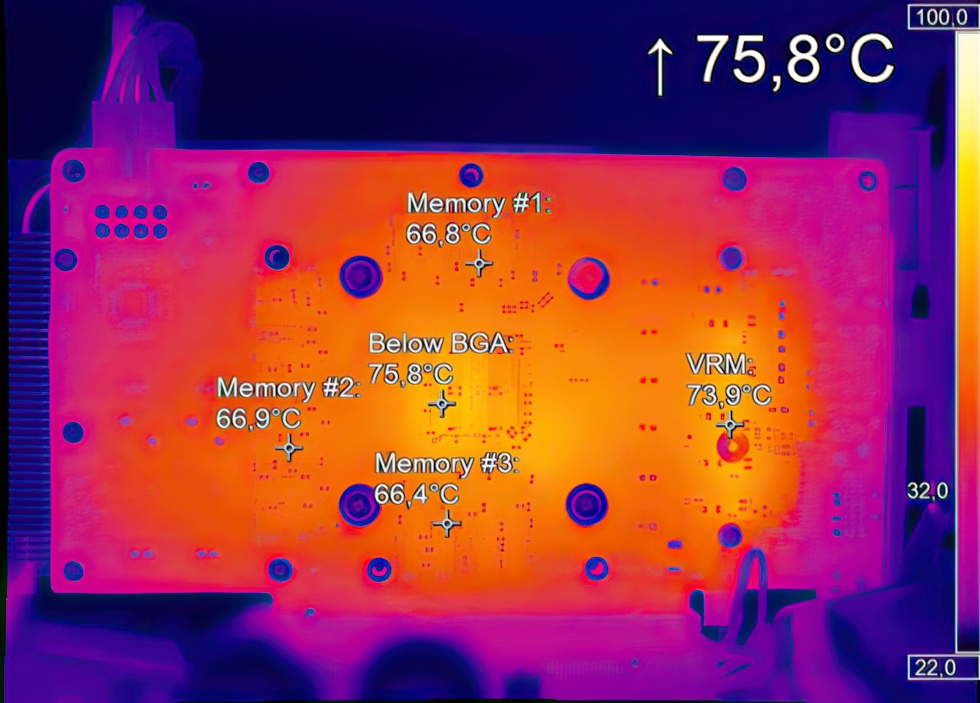
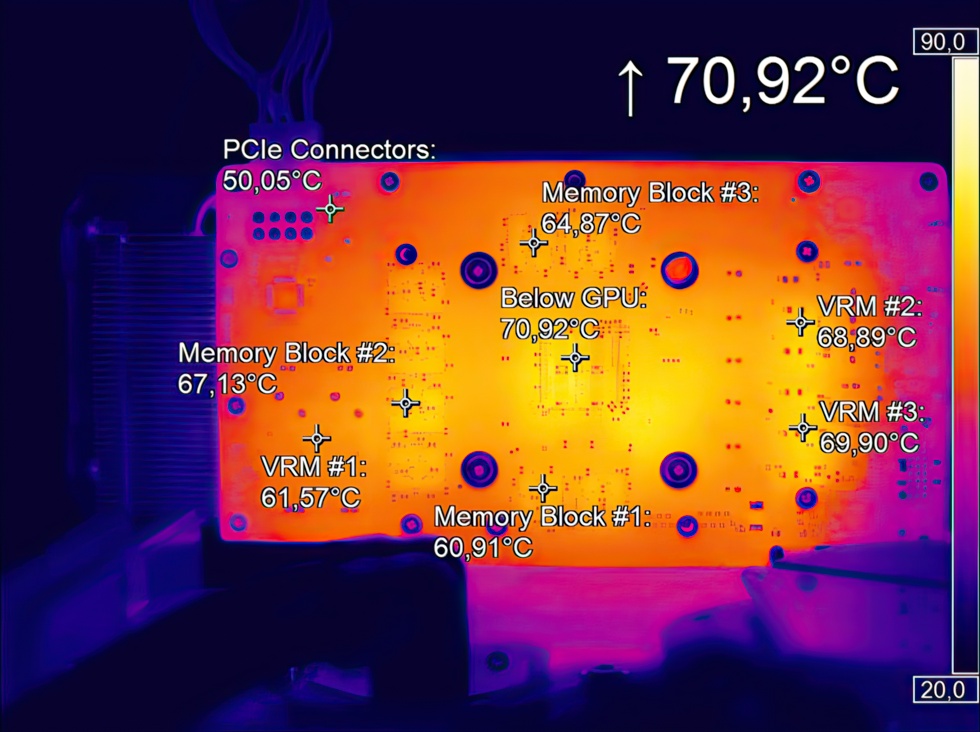

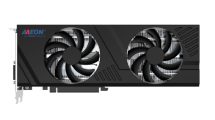
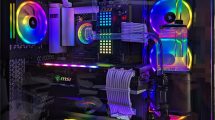

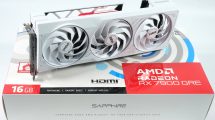

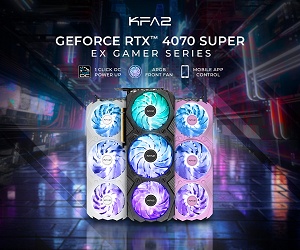

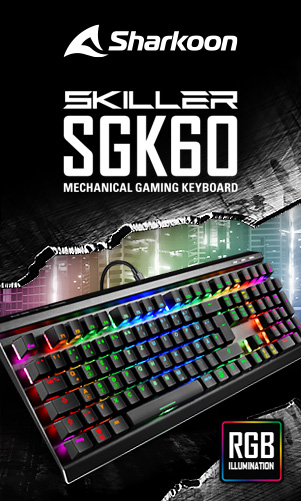


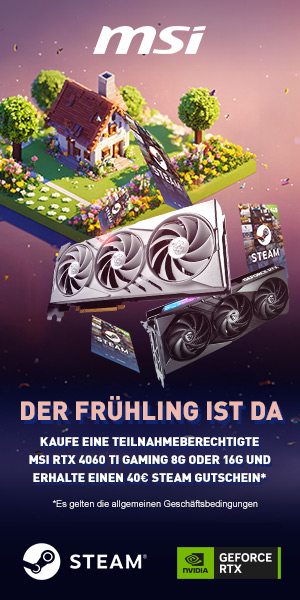

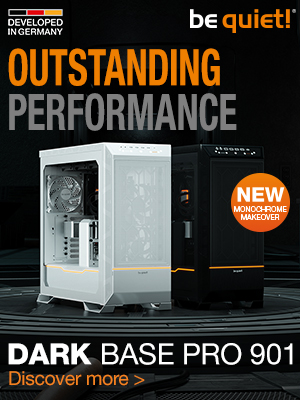
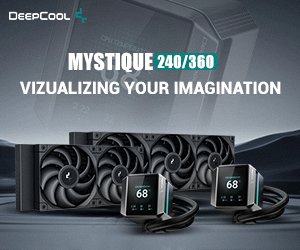
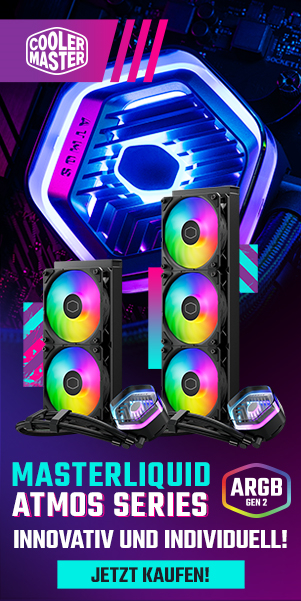
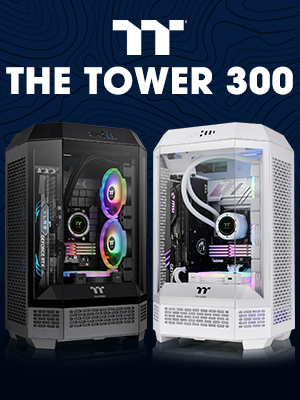

487 Antworten
Kommentar
Lade neue Kommentare
Urgestein
Mitglied
Mitglied
1
1
Urgestein
Urgestein
Mitglied
Mitglied
Urgestein
Veteran
Mitglied
Veteran
Urgestein
Mitglied
Urgestein
Urgestein
1
1
Alle Kommentare lesen unter igor´sLAB Community →